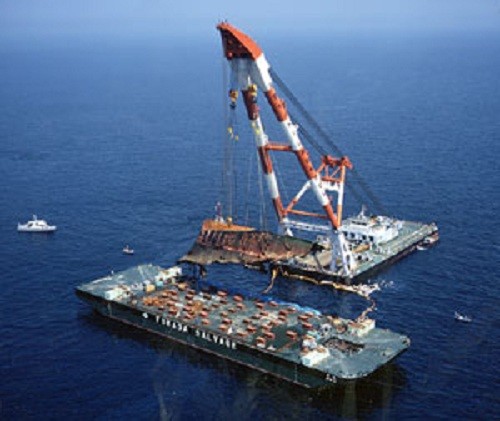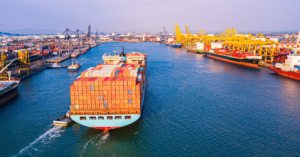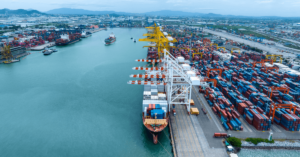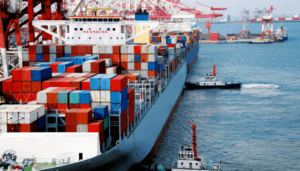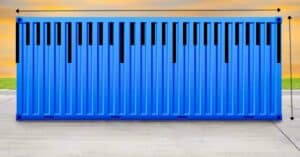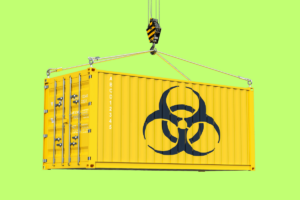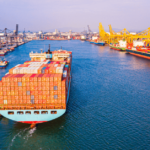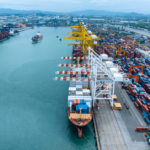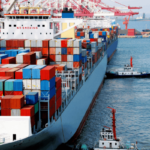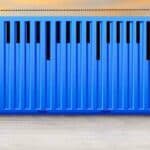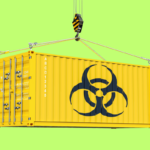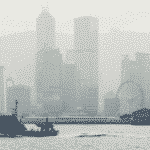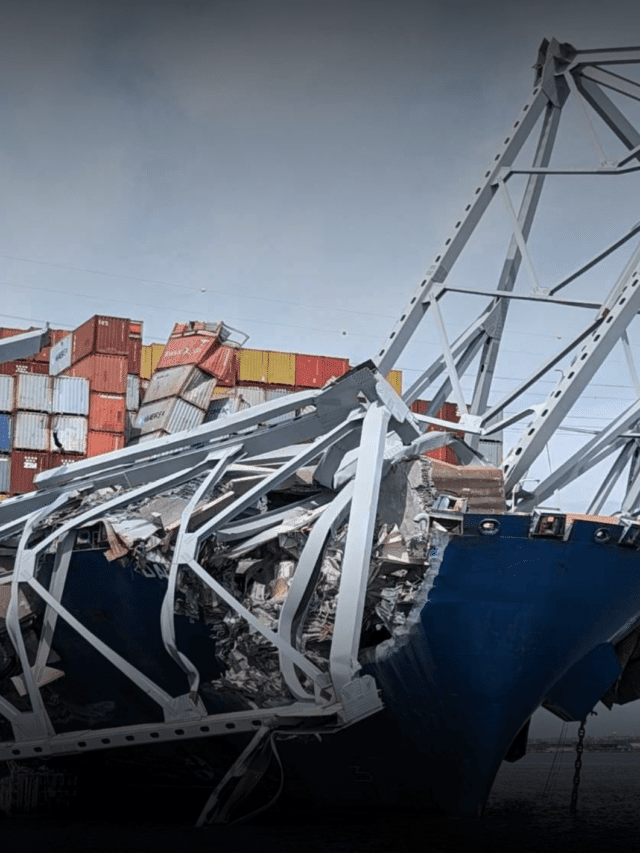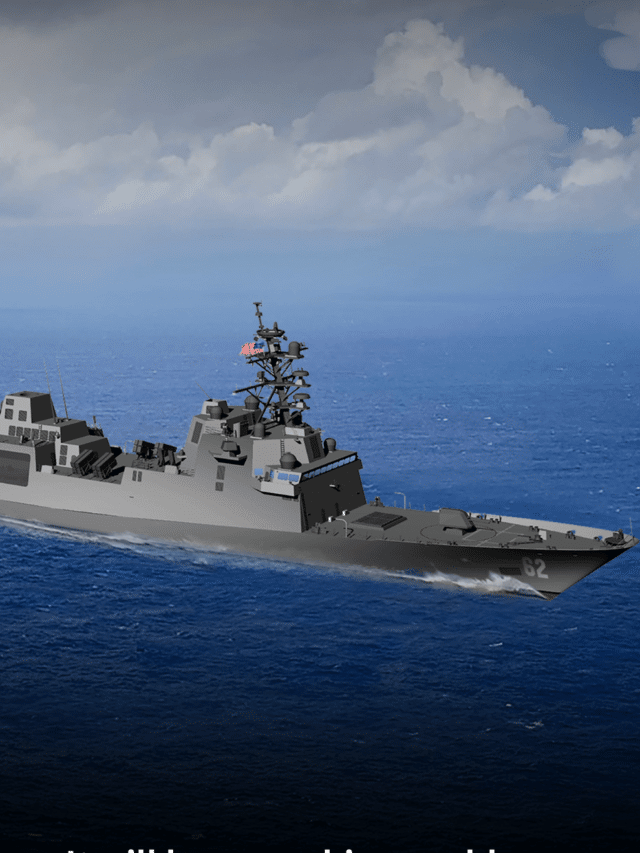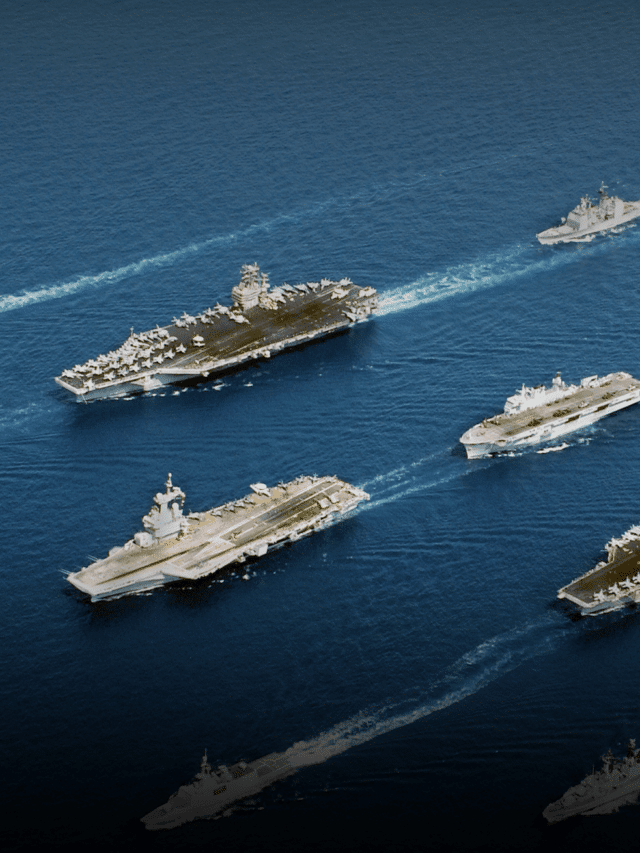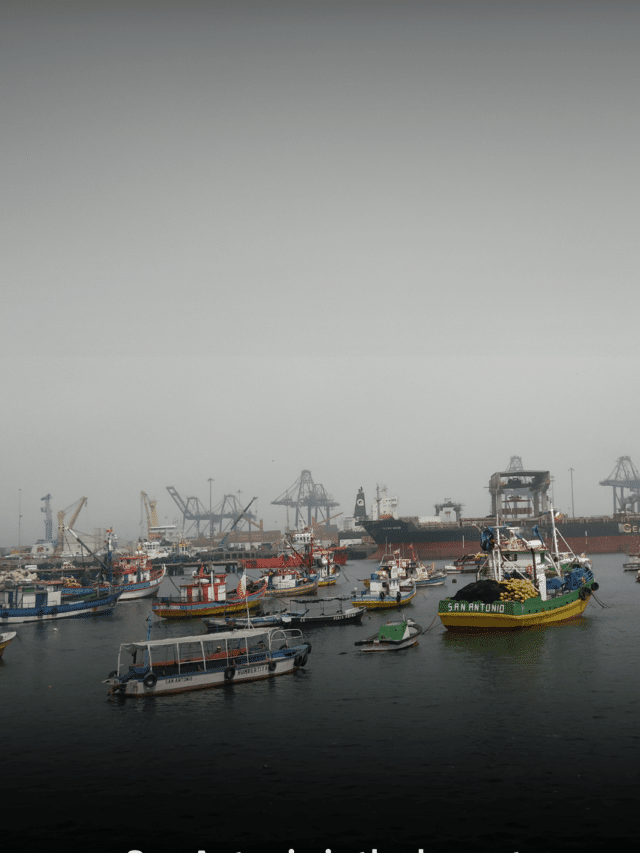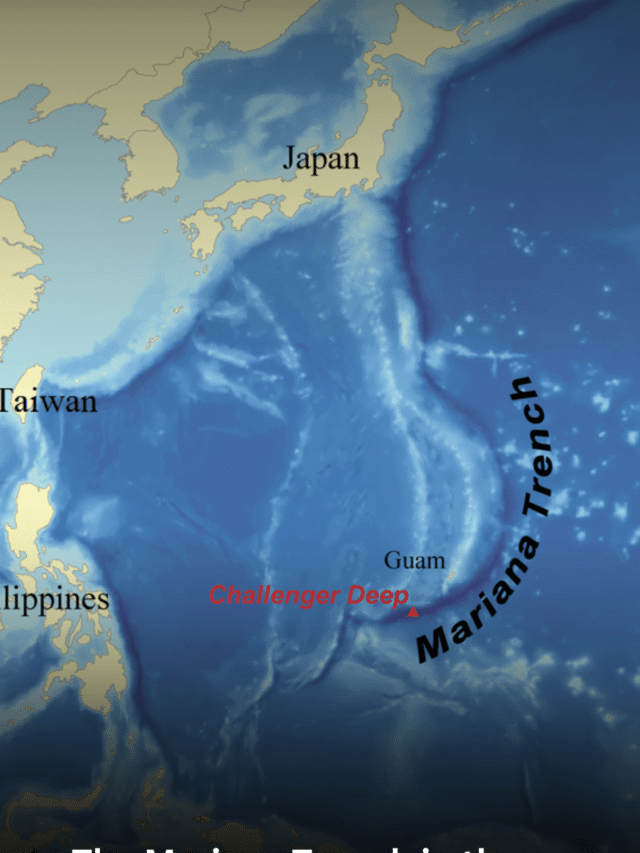What Is Deep Water Recovery?
In the past when a ship sunk into the vast swirling depths of the ocean, while the people aboard her could be saved and rescued successfully, the various material possessions were lost irretrievably. A ship can sink because of a variety of reasons; but technological developments have helped to successfully reconcile this difficulty of salvaging for goods from the oceanic depths.
Through the deep water recovery methodology, a lot of such lost treasures have been recovered and successfully brought to light from the darkness of the oceans.
There is no limit to the depths and type of marine salvages to which the recovery systems can be employed. Right from precious metals to the whole shipwreck, marine salvage has come to be carried out for extricating myriad sunken objects.
Process of Deep Water Recovering
Deep water recovering involves utilising various hi-tech gadgets, equipped in a vessel carrying out the deep water recovery activity, to first identify the position of the ship wreck. The devices utilised for this purpose include SONAR and satellite systems and a dynamic positioning (DP system) to enable the vessel to be appropriately positioned on the water.
After the ship sinking site and the wreck have been identified and tagged, ROVs (Remotely Operated Vessels) are deployed to further probe and study the wreck along with illuminators and cameras connected to TV screens in the main vessel. This study is undertaken mainly to understand the correct position of the materials sunk and to guide the forthcoming salvaging operations accurately.
After the objects are located, then the next step in their recovery process includes deploying suitable gadgets that would help raise them to the surface. Cutting tools and blades are used to separate the sunken objects from the wreck while cranes and windlasses help to bring these unearthed goods to the vessel.
Concerns about the Process
Although there are many companies that undertake deep water recovery projects, the processes and the projects aren’t easy to fulfil. Starting with the cost factor to the point of oceanic weather and climatic conditions, these companies have to a lot riding on them that can go wrong.
While the utilisation of the former can be controlled, the latter rests solely in the hands of nature. As such these companies need to be prepared and should brace themselves for any possible outcome, even while carrying out these unique and singular operations.
Deep water recovery has been utilized to surface several shipwrecks around the world.
Image Credits
fukasal
Do you have info to share with us ? Suggest a correction
Latest Maritime law Articles You Would Like:
Latest News
- What are Logistics Risks?
- How Port and Terminal Operators Can Control Emissions?
- Minimum Quantity Commitment (MQC) and Liquidated Damages in Container Shipping: Concept and Relevance
- The Ultimate Shipping Container Dimensions Guide
- A Comprehensive Overview of IMDG Code for Shipping Dangerous Goods
- Nautical Law: What is UNCLOS?
Subscribe To Our Newsletters
By subscribing, you agree to our Privacy Policy and may receive occasional deal communications; you can unsubscribe anytime.
Web Stories



